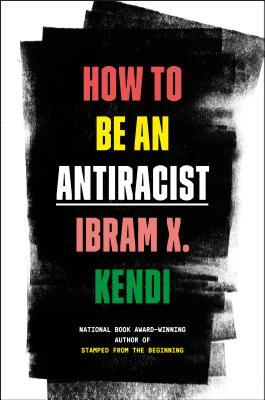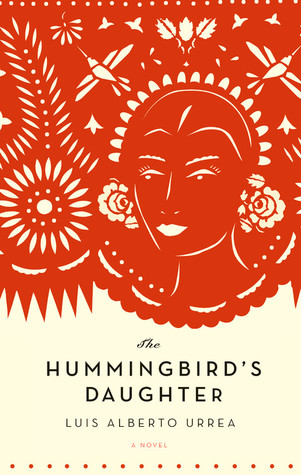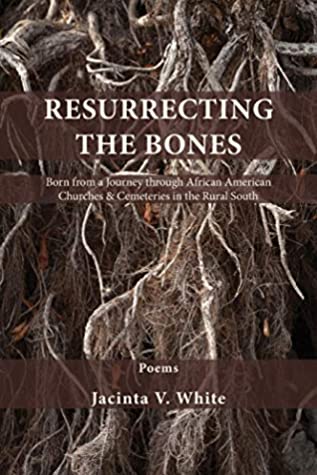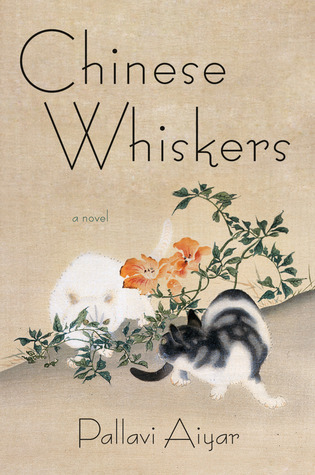
How to be an Antiracist by Ibram X. Kendi is an exploration of antiracism. It’s not good enough to be not-racist anymore, Kendi, argues, one must actively oppose racism and the policies that create or contribute to injustice. The book describes Kendi’s progression from being an angry black kid, to a teen who blamed blacks for many of their own problems, to being a racist himself. He also discusses the problem of color racism among black people (dark vs. light) as well as intersectionality and his own growing awareness of gender issues that exacerbate racism. The book is smart and important, even if there are some logical inconsistencies. (While abandoning the idea that black people can do more to help themselves, he acknowledges that immigrant blacks are doing better because of the immigrant mentality that success means striving; if that’s true, doesn’t that apply to anyone?) At the very least, it’s a thought-provoking book that comes to us at the right moment.

The Hummingbird’s Daughter by Luis Alberto Urrea is quite a book! Don Tomas Urrea is the patron of huge family ranch, but he is out of favor with the government, so he moves his operations to a different ranch in Sonora, taking with him all the ranch hands and various other hangers-on, including Huila, a medicine woman who looks after everyone. Huila is also looking after Teresita, the illegitimate daughter of Tomas, and an aspiring healer herself. In fact, after Teresita is attacked (presumably raped) by a cowboy, the girl dies and comes back. She then attracts a huge following among the people who believe she had divine powers and begin to call her a saint. Tomas is weary of the thousands of pilgrims who come to see her, and it’s also troubling that she has begun to attract the attention of the government and the church, who consider her a threat. The conflict comes to a head and provides for a very exciting climax to the book. The author did the excellent narration on the audio version which I listened to while also consulting a print copy.

Resurrecting the Bones by Jacinta White is a collection of poems detailing White’s visit to black churches and cemeteries throughout the south. Her father had been a pastor, and it was her uncle who suggested that they visit churches where her father and grandfather had served. So they decided to use the first Sunday of each month. The project expanded and spread and resulted in this volume of poems, although not all the poems are related to the project, which is about preserving the past but also moving forward.

Chinese Whiskers by Pallavi Aiyar is not listed as a young adult novel, but that’s how it reads. In fact, I think it would be suitable for middle-grade readers. I read it because a colleague lent it to me knowing that I am interested in China, but I would never have opened this book otherwise. The book centers on two cats adopted by foreigners living in Beijing hutong (old narrow alleys) neighborhood, of which there are few left. The cats talk to each other and can understand what the humans say, but the humans can’t understand them. The plot involves a nefarious cat food manufacturer producing tainted food that is making cats sick and the two cats help shut the bad guys down. The author also includes some current events in Beijing for context, including the 2003 SARS virus outbreak and the preparations for the Beijing Olympics (although the games didn’t occur until 2008). One thing that was interesting was the use of a fair amount of Chinese (rendered in pinyin), despite the fact that presumably the entire book is taking place in Chinese. It’s a logical inconsistency that you see in a lot of books, where writers give the flavor of a foreign culture by throwing in words from the local language. I didn’t need the glossary in the back, but I’m sure some readers find it helpful. Unless you’re a cat fanatic or a twelve-year-old, I don’t recommend this novel.

Love’s Garden by Nandini Bhattacharya is a sprawling family saga told against a background of the growing independence movement in colonial India and the ultimate separation of India and Pakistan. The plot is complicated: A young woman is on her way to enter marriage with a relatively well-off man, but she is devastated because her maid fails to join her (it only becomes clear much later why this is so devastating). She is, then, unhappy in her marriage and when she gives birth to a daughter, Prem, she is not a loving mother, and the girl is mostly raised by her nursemaid. Prem becomes close to a servant’s daughter and when that girl is married off, Prem has an affair with her teacher. But the teacher is sent off to war and likely to his death, so Prem is married off to a very wealthy anglophile, Sir Mitter, thereby becoming Lady Mitter. They aren’t exactly loving, but Prem becomes a society woman in Calcutta and the marriage is strained when Sir Mitter’s English mistress arrives and dumps her son, Mitter’s child, into Prem’s care. Prem then has her own child, and then the child of her former friend also comes into the household. All the children and various other characters create complications, and the story stretches into the present. I probably would not have read this novel or even have come to know about it except that I was asked to engage in a collaborative interview with the author, which we have now done and that will appear . . . somewhere.

